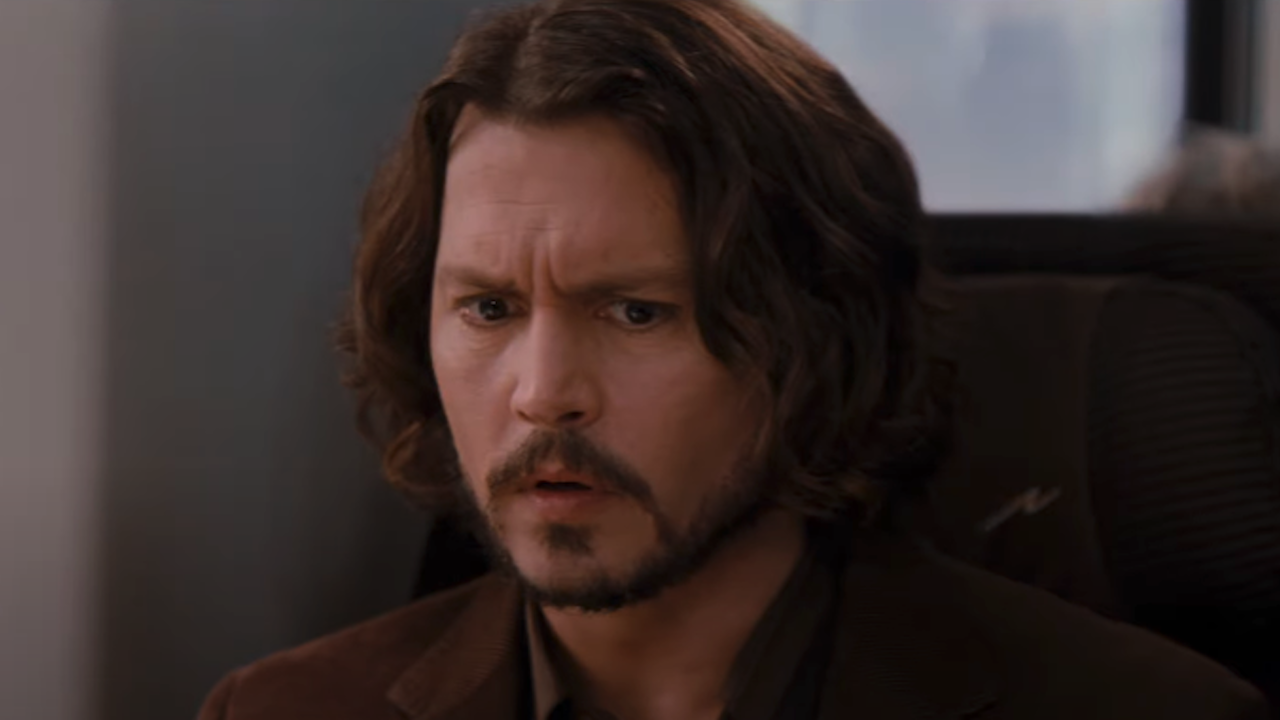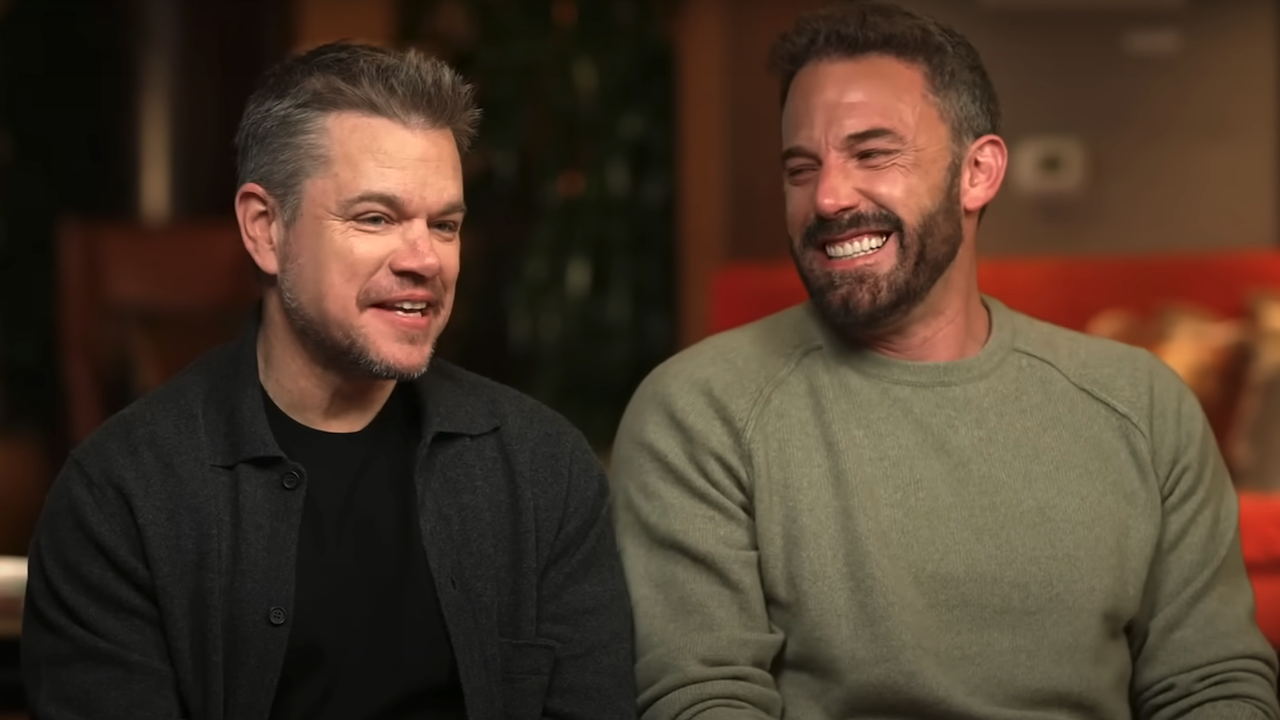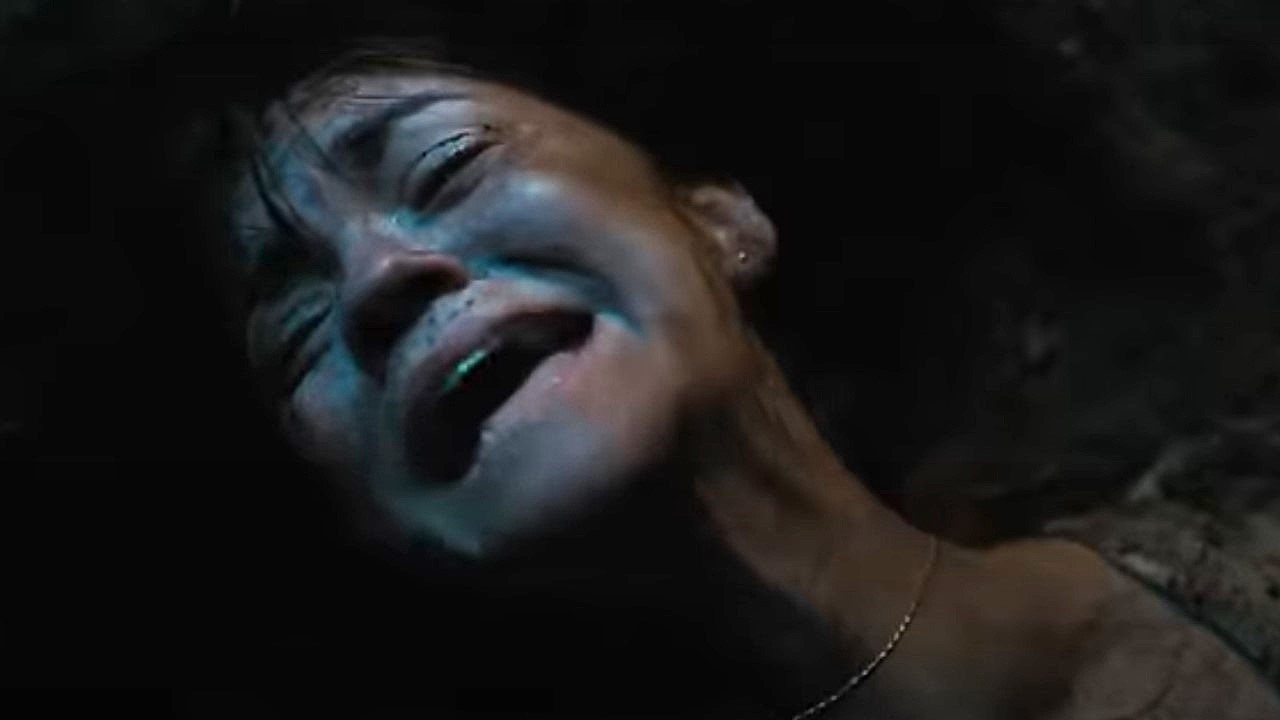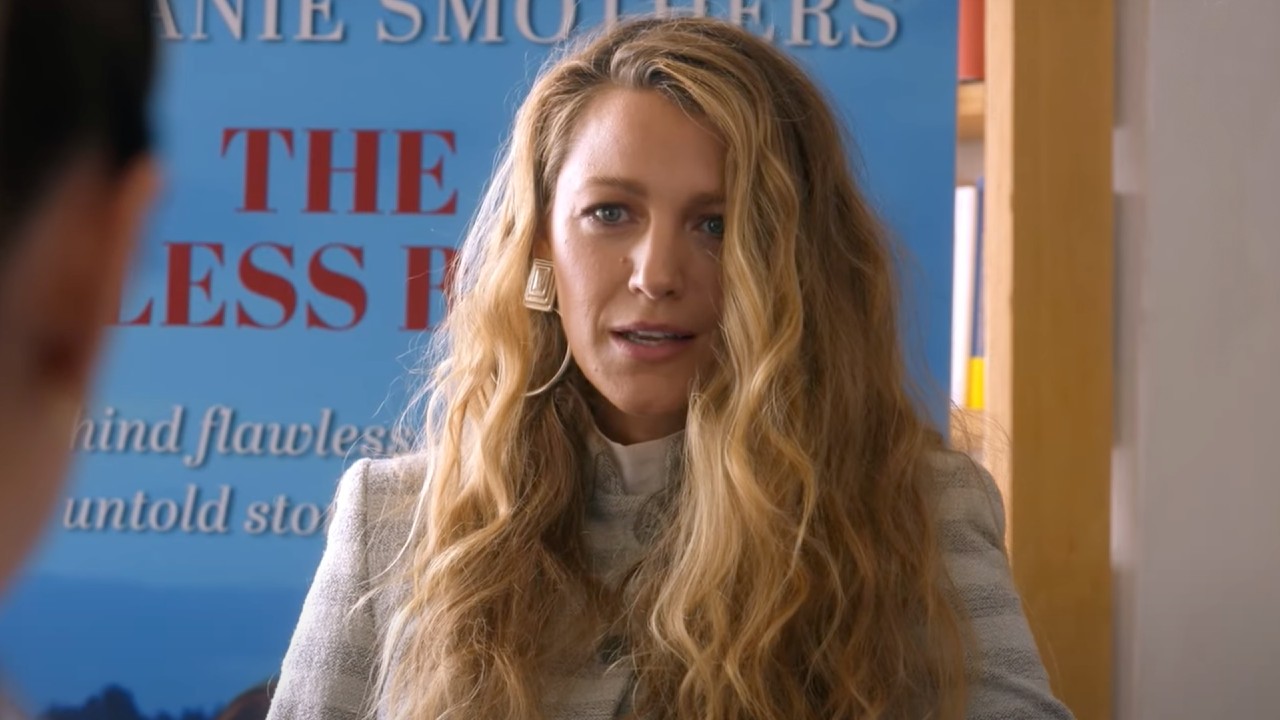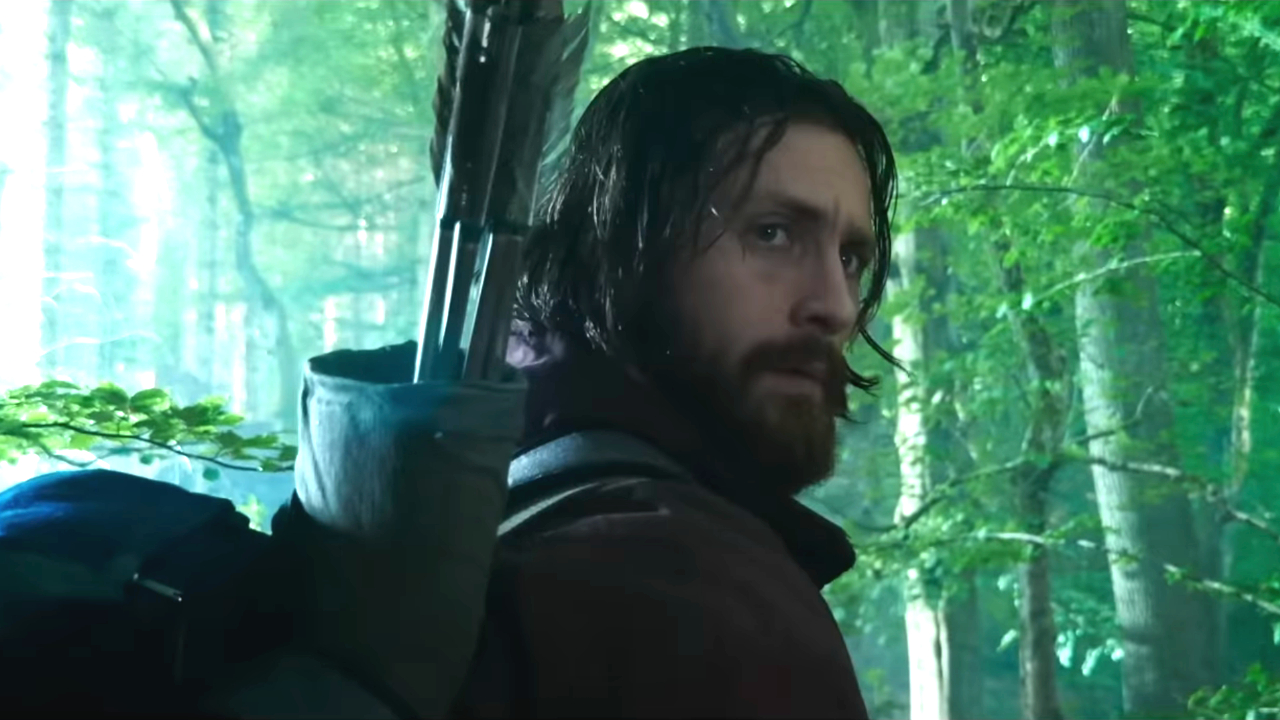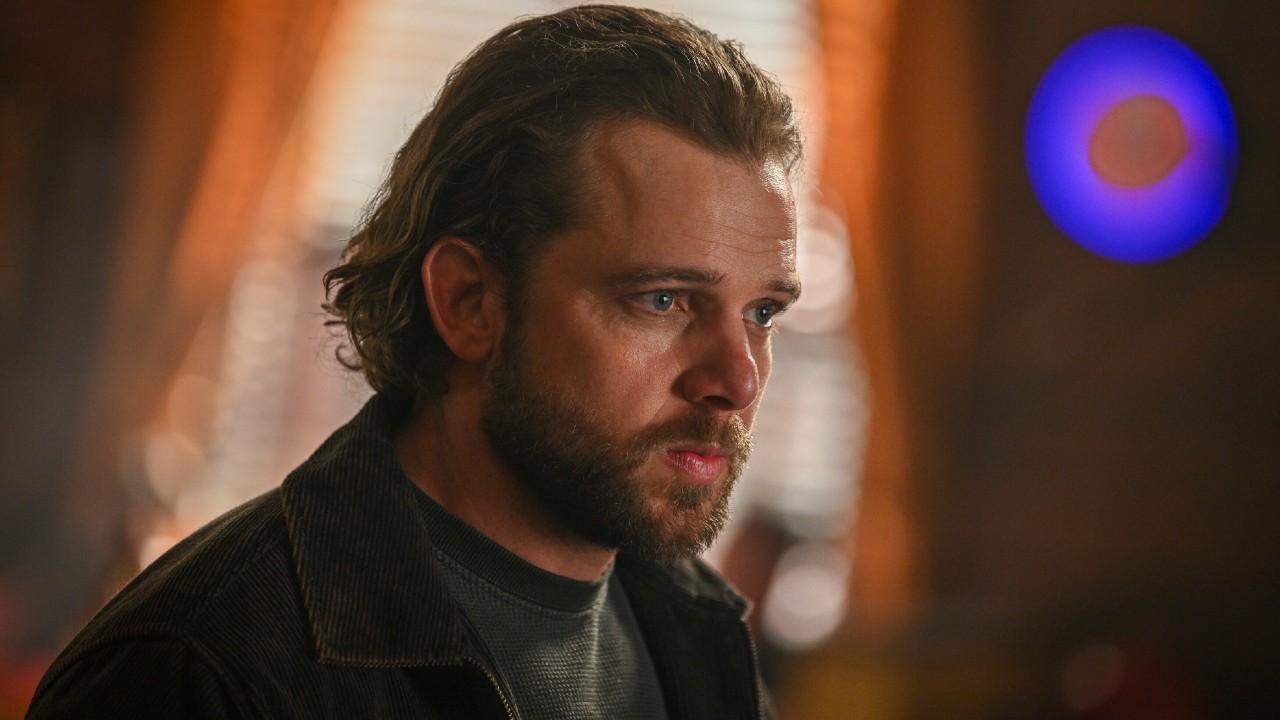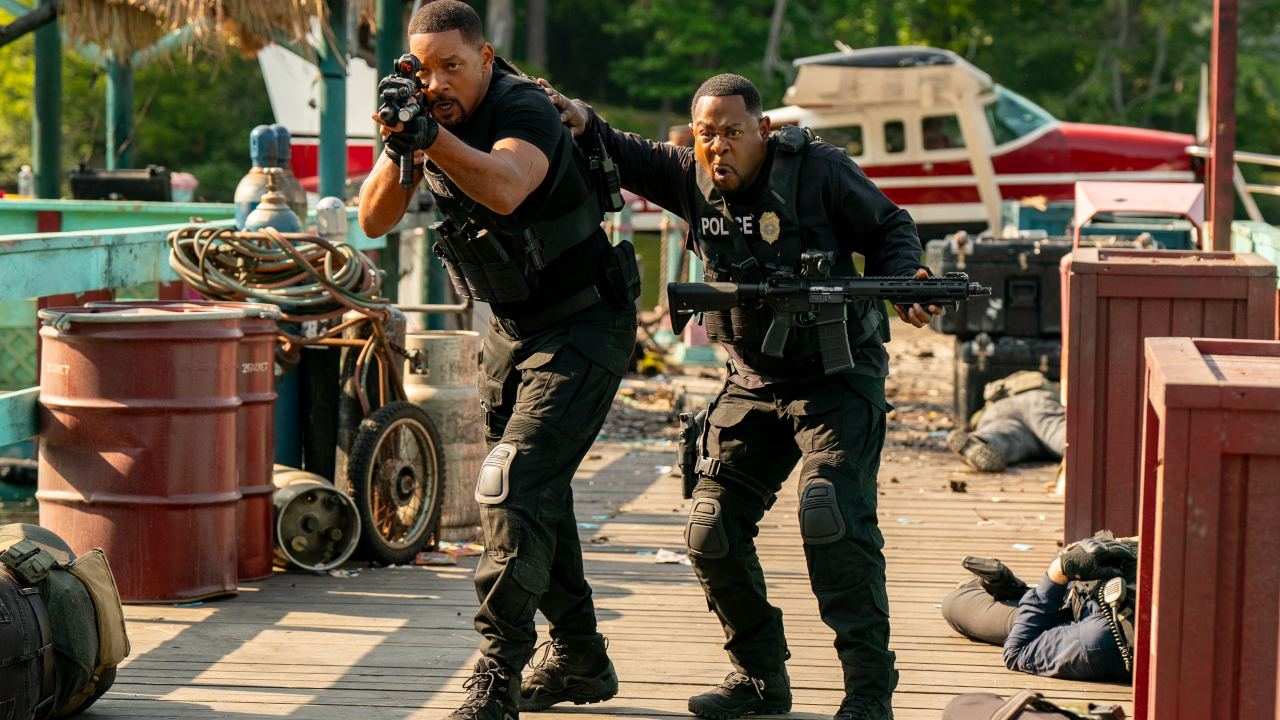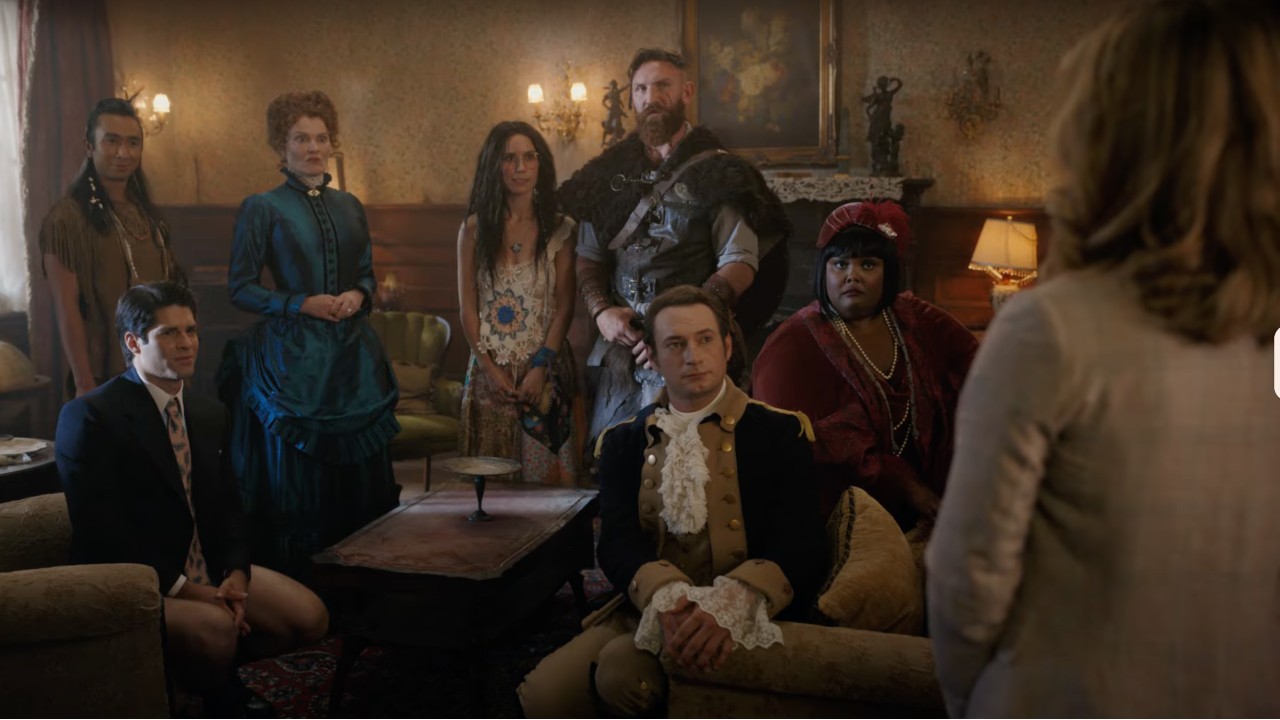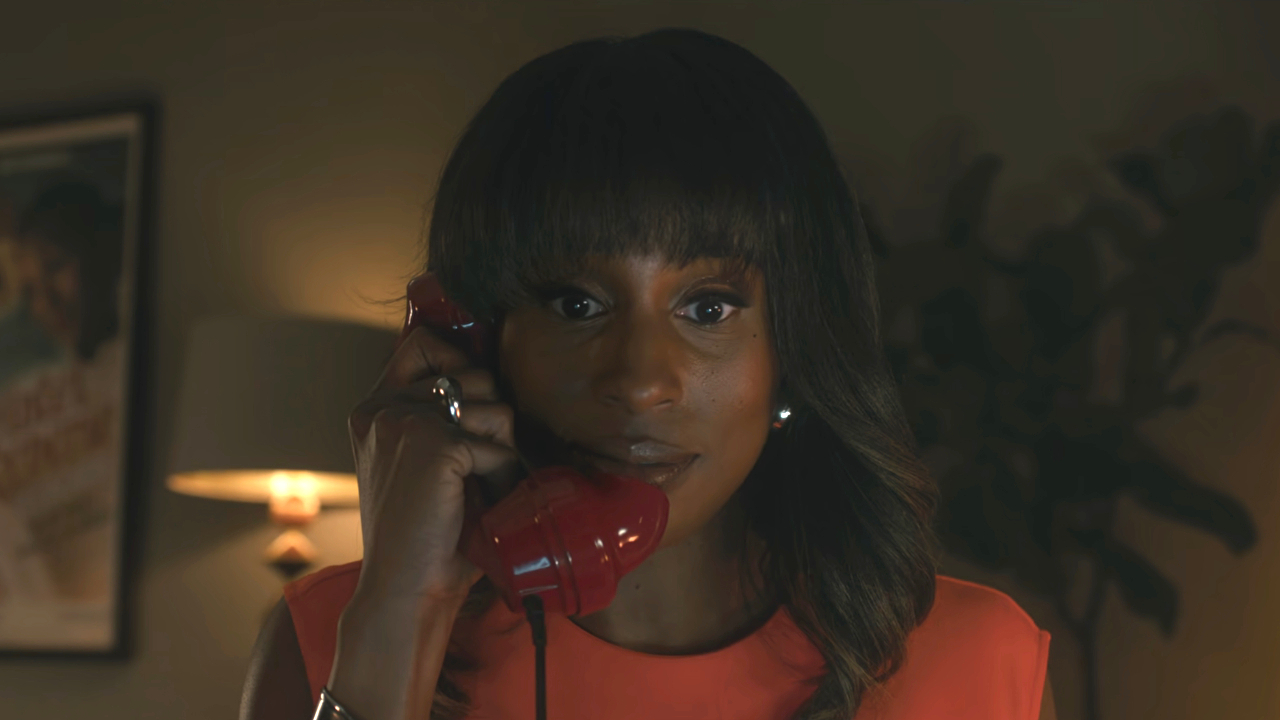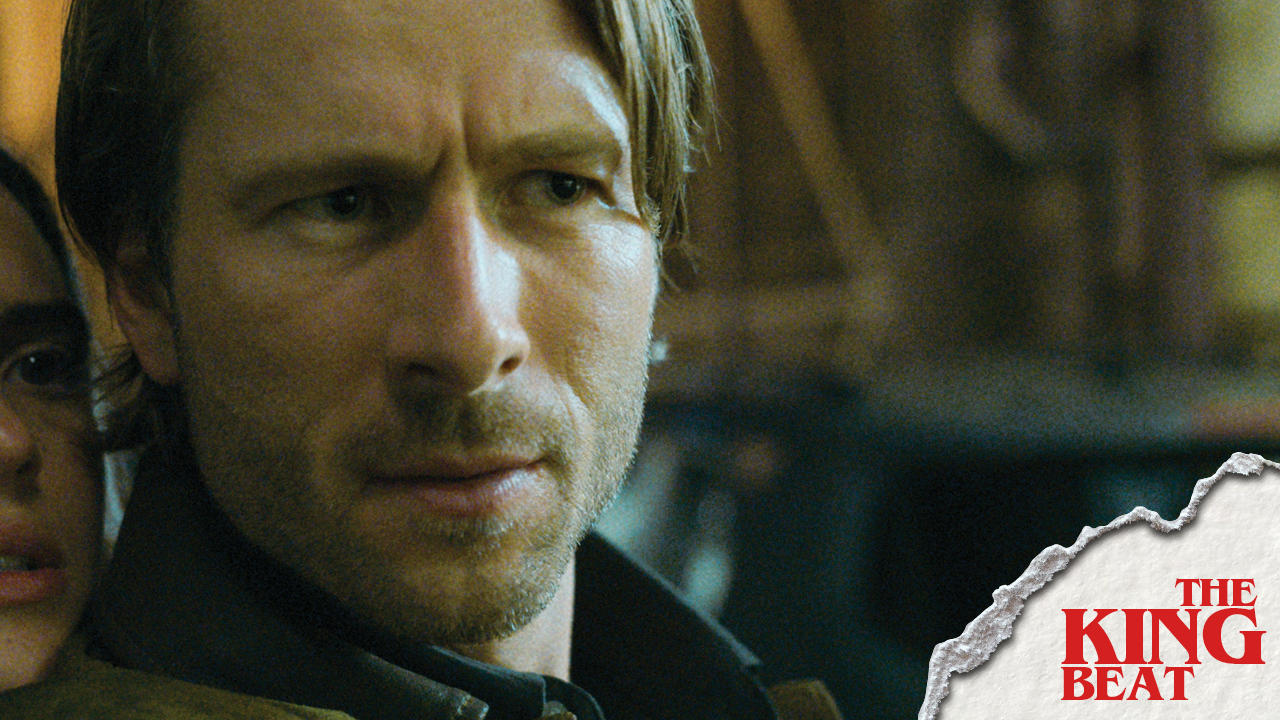Jurassic Park: 12 Behind-The-Scenes Facts About The Epic Dinosaur Movie
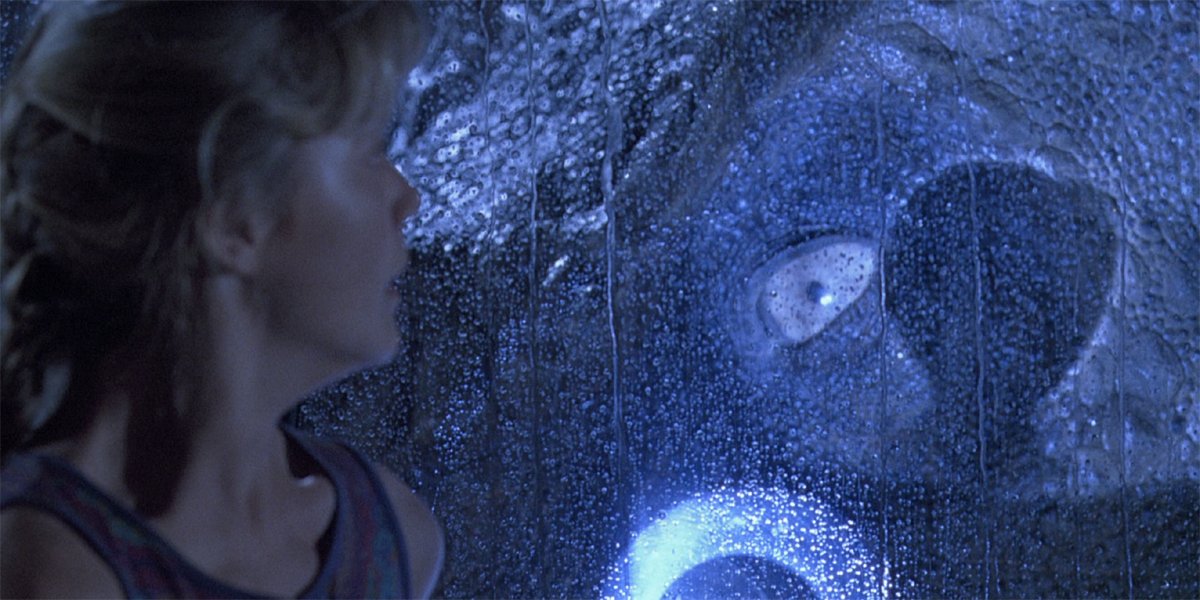
No conversation about the most influential films of all time is legitimate without discussion of Steven Spielberg’s Jurassic Park. While the marketing made the joke that the movie was “65 million years in the making,” that isn’t a wholly misleading statement, as it truly is a technical marvel built on everything cinema had accomplished up until its making. Following its release, it generated a revolution in Hollywood, and ushered in a new era. Of course, none of any of that happens without some behind-the-scenes craziness, and the it’s certainly true that the sci-fi adventure is definitely full of fun stories and weird details.
Combing through various interviews, specials, and featurettes, we have performed a deep dive into the making of the epic blockbuster, and have built this list of great behind-the-scenes facts to know about Jurassic Park. From the birth of CGI dinosaurs to plenty of on-set silliness, we have it all for you below:
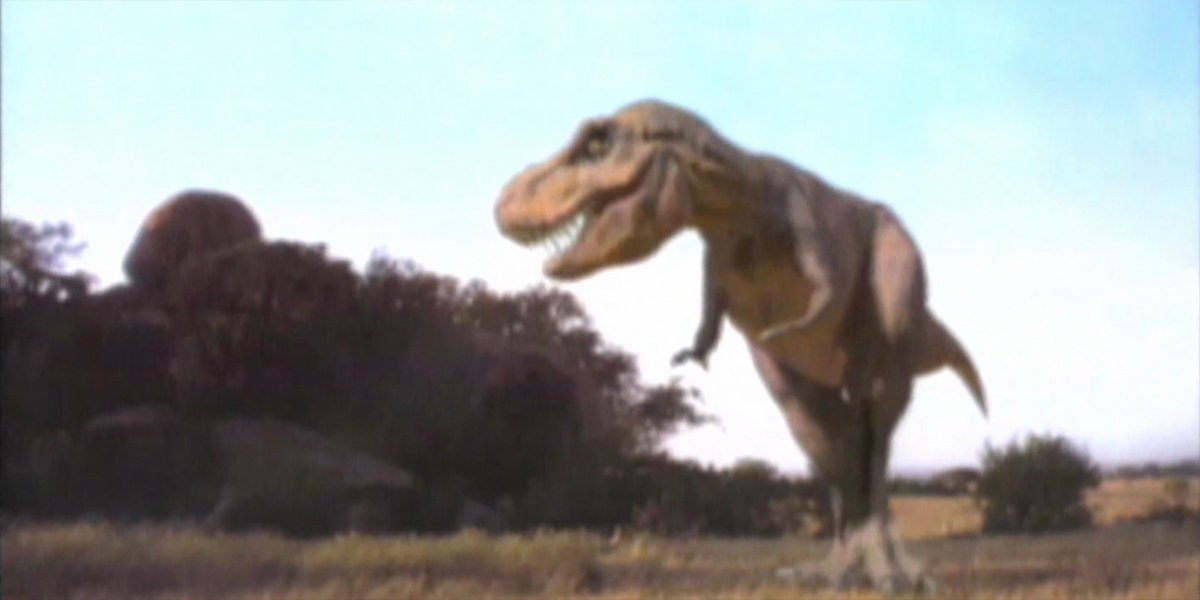
A Video Of A T-Rex Walking Changed The Movie And The Film World Forever
When Steven Spielberg started working on Jurassic Park, his plan for photography of full-scale dinosaurs in long shots was to use go motion animation – building on the techniques used in films like the original King Kong (which was a huge inspiration for the director in the making of the movie). That all changed, however, when Spielberg was asked by artists at Industrial Light And Magic about the possibility of using CGI for the work. Not initially convinced it would work, the director had them do a test and was blown away by what they made, which featured a Tyrannosaurus Rex walking across a still nature image, and then chasing a herd of Gallimimus.
Phil Tippett, who had been hired to do the go motion, quipped that he was about to become extinct, and Spielberg ended up giving that line to Ian Malcolm when Alan Grant talks about living dinosaurs ending paleontology as a study.
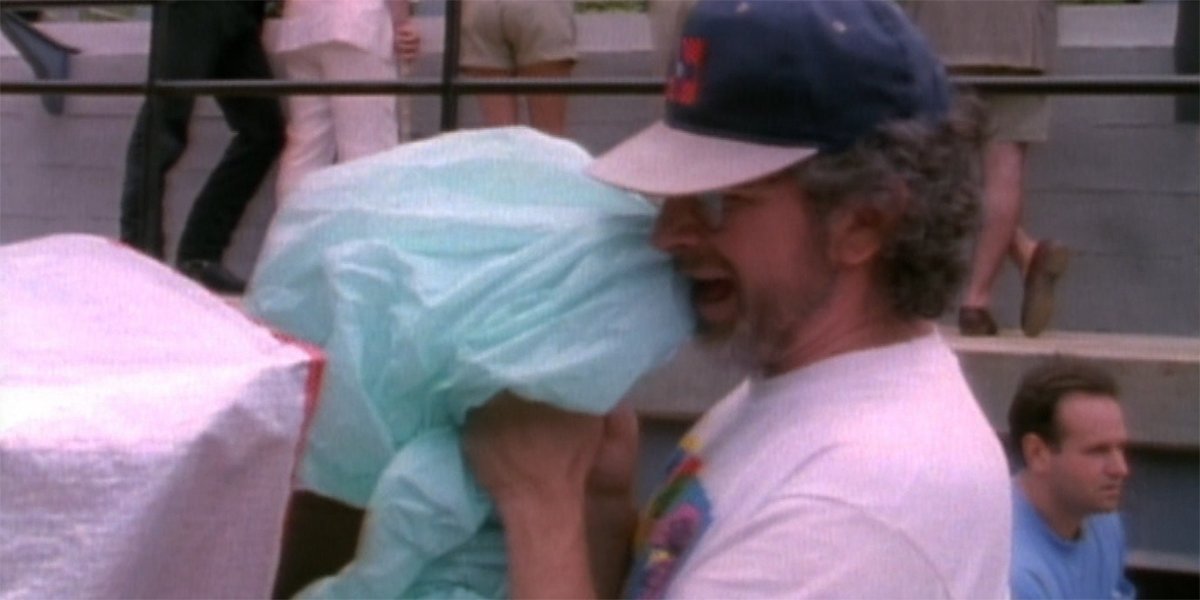
Spielberg Did Dinosaur Sounds On Set That Really Weren’t Helpful
Actors today are well-versed in shooting opposite things/people that don’t exist until they are built in a computer, but it was a brand new experience for the stars of Jurassic Park. To his credit, Steven Spielberg tried to help out and add to the experience for the actors by making his own dinosaur sounds during production… but it turns out that his stars didn’t really love those efforts. To quote Sam Neill from the Blu-ray special features, “That was kind of more funny than anything, and the acting part was not laughing. It’s not easy.
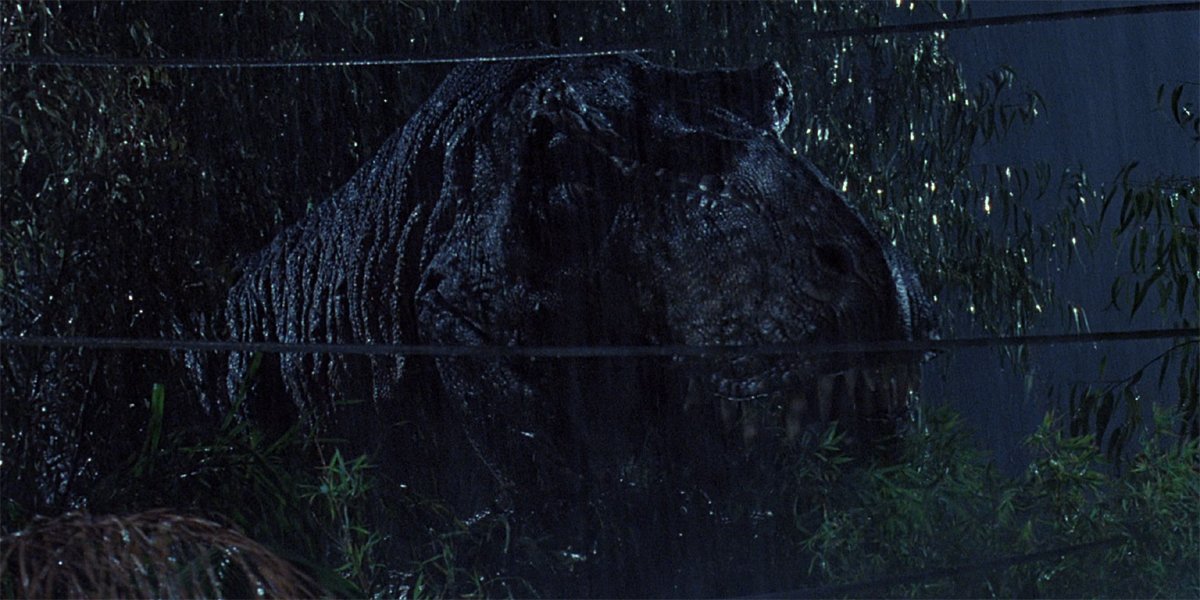
The Production In Hawaii Was Hit By A Massive Hurricane
Production for Jurassic Park was primarily split between two locations, the Hawaiian island of Kaua'i and Los Angeles, California, but the former is a bit more notable since the latter doesn’t include any stories about natural disasters. Shortly before the crew was ready to wrap things up on the Pacific island, Hurricane Iniki rocked the production and forced everything to be shut down for a day. This caused some scheduling hiccups as a result and forced some things to move around, but one nice benefit for the movie is that some of the footage of the storm is featured in the film.
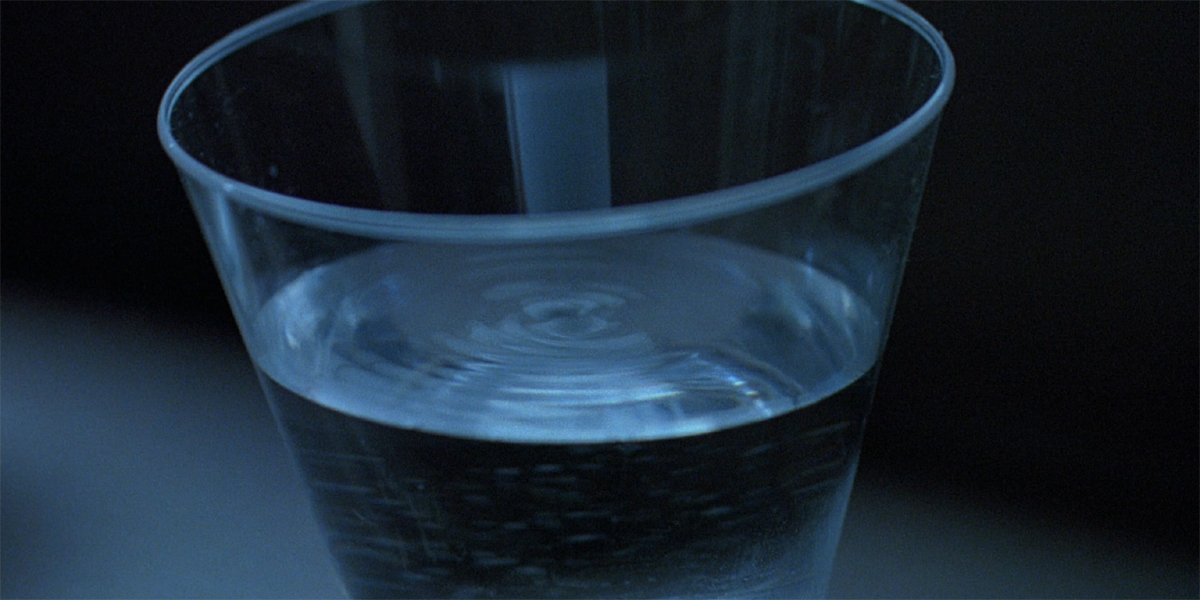
The Rippled Water Effect Was Stupidly Hard To Figure Out
The rippled water effect during the Tyrannosaurus Rex’s approach is one of the most iconic shots in Jurassic Park – and it’s also one that drove members of the crew totally batty. Steven Spielberg was inspired to include the effect when he noticed his rear view mirror shaking while listening to Earth Wind And Fire in his car, but the filmmakers he assigned to make it happen for the movie were baffled. Michael Lantieri, who worked on Special Dinosaur Effects for the film, finally figured it out when playing his guitar, discovering that a particular note/frequency did the trick. A special rig using a guitar string was then used on set!
CINEMABLEND NEWSLETTER
Your Daily Blend of Entertainment News
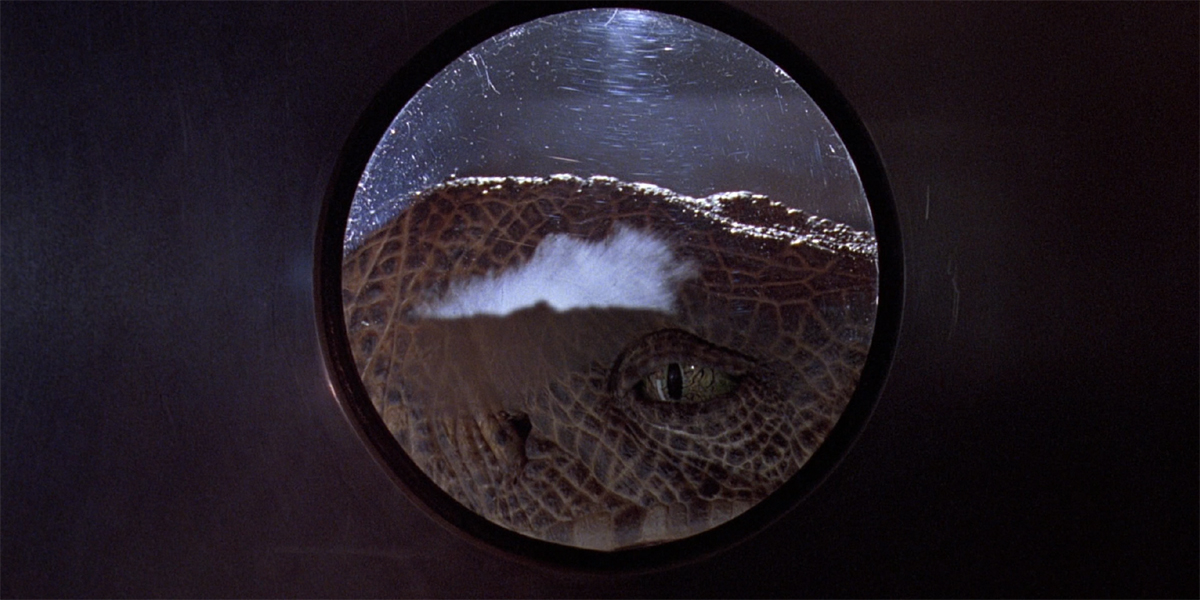
The Sound Team Used Some Weird Sources For Dinosaur Sounds
The job of a sound designer seems like a fun one, taking two random sounds and manipulating them to create something wholly new and convincing. Jurassic Park is a wonderful example of this. Did you know that T-Rex footsteps are the sound of falling trees, or that their roar is a combination of baby elephant, lion, and crocodile? How about that the Velociraptor sound comes from mixing a walrus and a dolphin? You don’t hear it when first listening, but try to keep this in mind the next time you watch the film, and you’ll be amazed how clear it is.
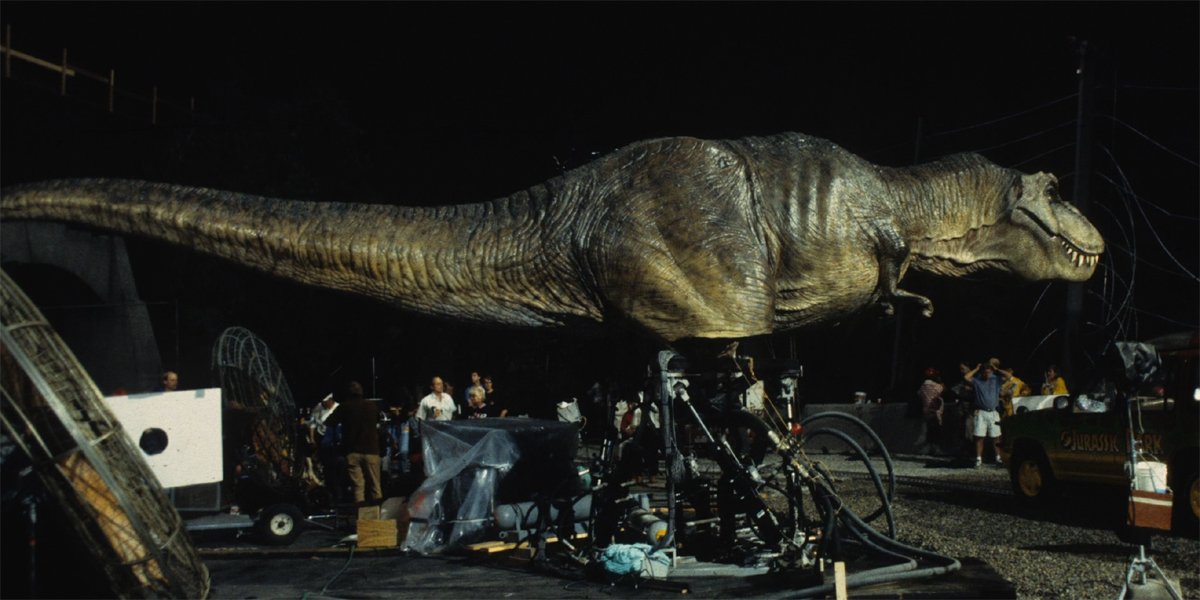
Rain Effects Turned Out To Be A Huge Problem During The First T-Rex Attack Scene
As groundbreaking as the visual effects in Jurassic Park are, there will never be enough good things said about the dinosaurs that were built by the great wizard Stan Winston and his company – especially the Tyrannosaurus Rex. The prehistoric creature is perfection, brought to life with amazing care and detail… but that level detail of detail actually proved somewhat problematic on set. The calculations for the robot’s functionality were based on certain expectations for weight, and what was not accounted for was the amount of water that the foam layer would soak up from the rain machines. Engineers would work quickly to try and dry it between set-ups, but it got to the point where the whole thing would start violently trembling when moving.
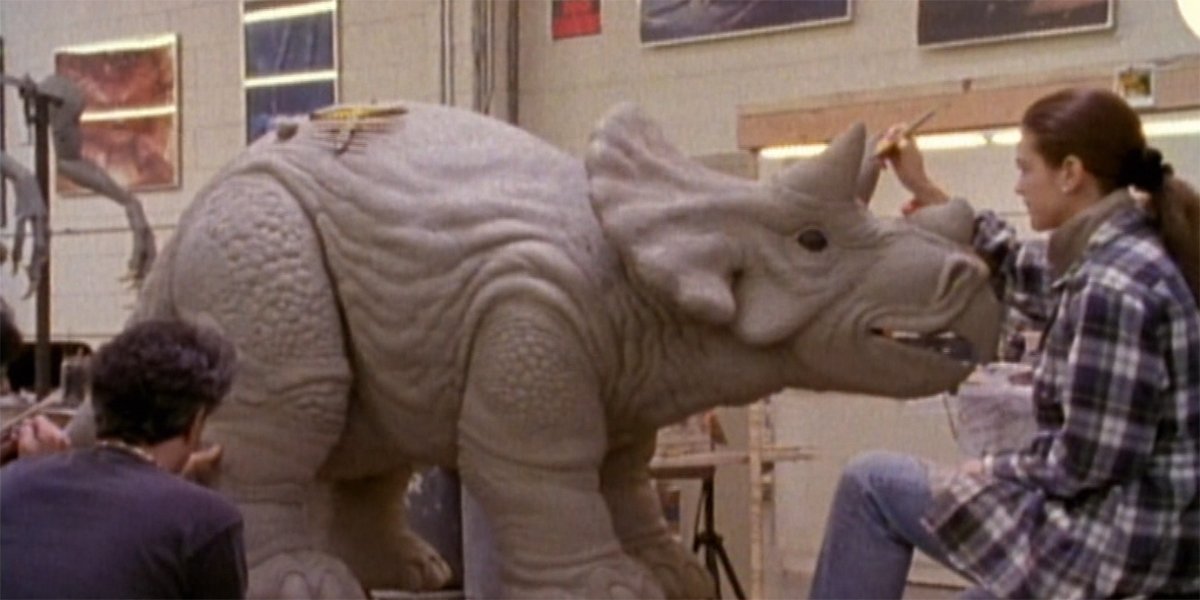
Stan Winston’s Studio Made A Baby Triceratops That Was Never Used
The brilliant work that Stan Winston’s Studio did for Jurassic Park notably also included the sick Triceratops that Ellie Sattler and Alan Grant try to care for – but it may surprise you to learn that it wasn’t originally going to be the only three-horned dinosaur in the blockbuster. During pre-production, the effects house also went through the effort of making a baby Triceratops, though it was never actually used. Fortunately, behind the scenes footage still exists!
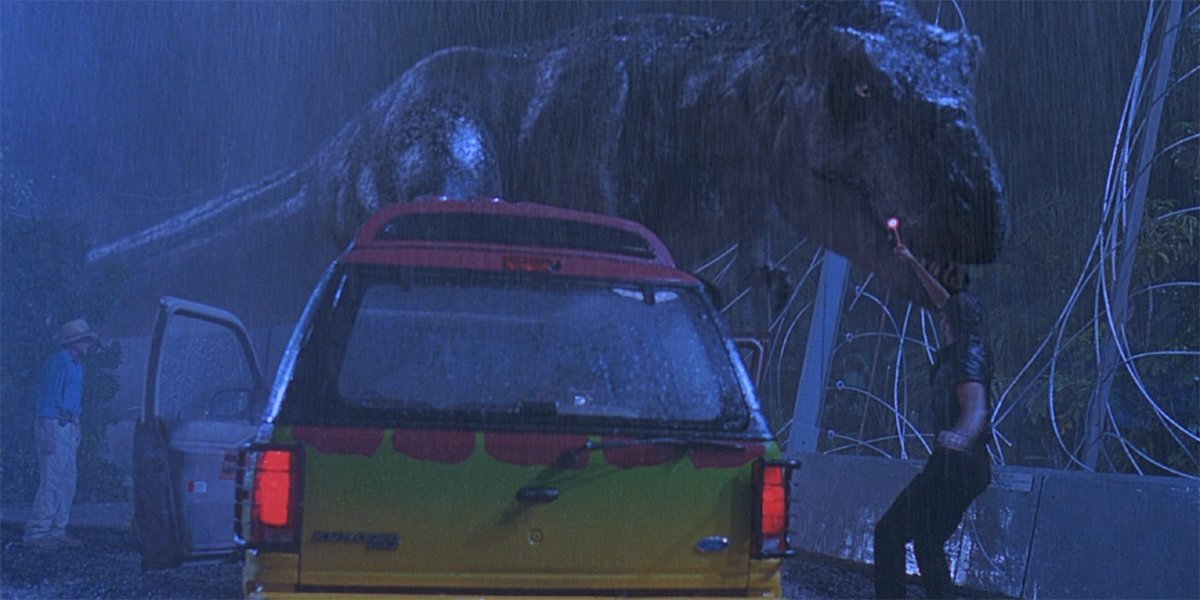
Jeff Goldblum Came Up With The Idea Of Trying To Be A Hero With The T-Rex
One of the best character-defining moments for Ian Malcolm in Jurassic Park comes during the Tyrannosaurus Rex attack when he stupidly tries to copy Alan Grant’s distraction move with the flares, instead screwing up a plan that was working prior to his involvement. It’s a great moment – and we have Jeff Goldblum to thank for it. The script originally called for Ian to basically make the same move as Gennaro (the lawyer) and run away like a coward, but Malcolm pitched the best intentions move as something different, and Spielberg made the change.
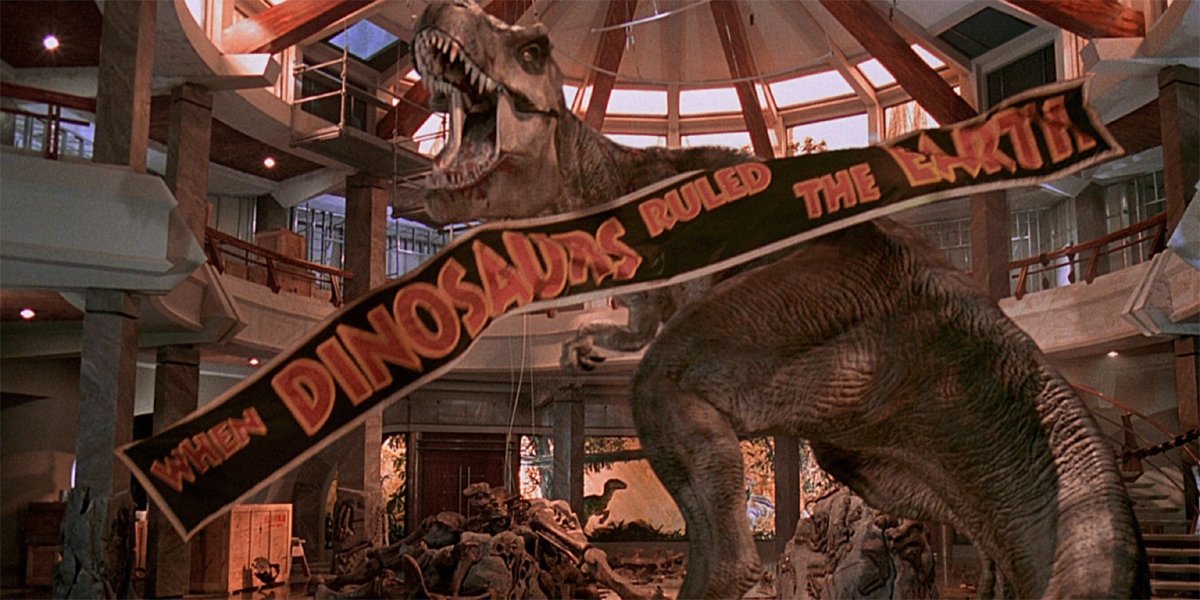
The T-Rex Wasn’t Initially In The Final Scene
Jurassic Park is a film that hits you with epic thrills in its final moments, as our protagonists are saved at the last minute from the terrifying Velociraptors by the shockingly quiet Tyrannosaurus Rex – but that wasn’t the ending that was featured in David Koepp’s script. Initially the idea was that the raptors would get caught up in the displayed T-Rex skeleton (one getting crushed between the jaws, other being stabbed by a rib), but by the time the production got to shooting that sequence they were brimming with confidence regarding CGI possibilities. Thus, the original ending was scrapped in favor of Rexy’s hero moment.
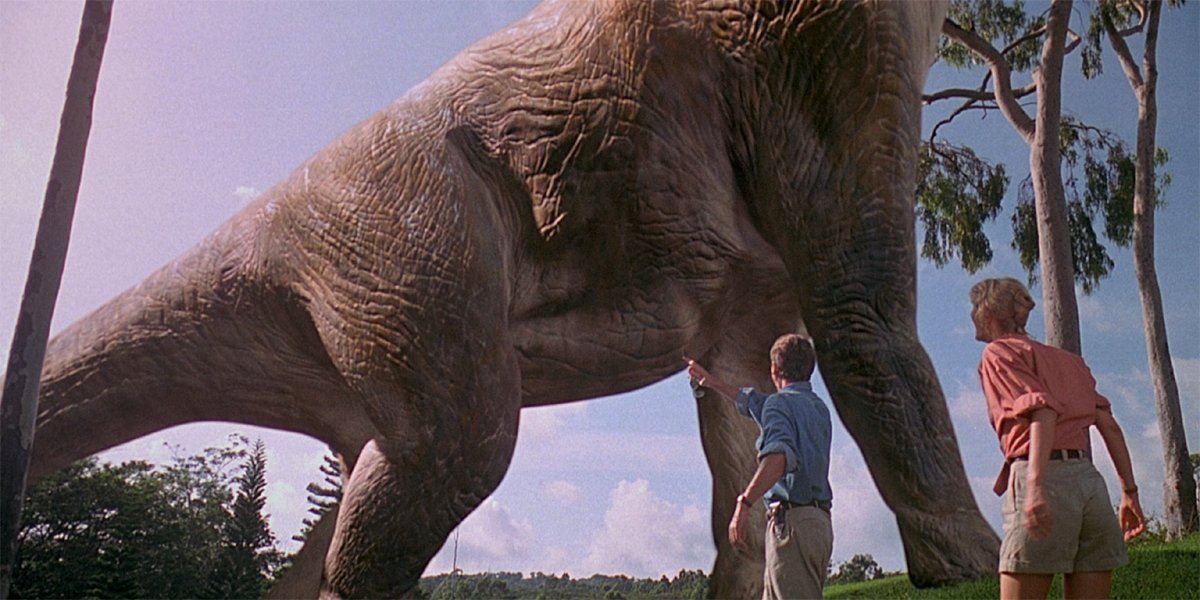
Spielberg First Listened To John Williams’ Jurassic Park Score While Working On Schindler’s List
Over the course of his career, Steven Spielberg has made multiple attempts to have two of his movies released in the same calendar year, but one of the strangest pairings is definitely Jurassic Park and Schindler’s List in 1993. While both are definably Spielberg, they are radically different films, and what made the situation weird (and, per the director, regrettable) is that he had to work on them simultaneously. A perfect illustration of this is that the filmmaker never got to visit any of John Williams’ scoring sessions for the dinosaur-filled adventure, and instead first listened to the various tracks while commuting to set in Poland on his next production.
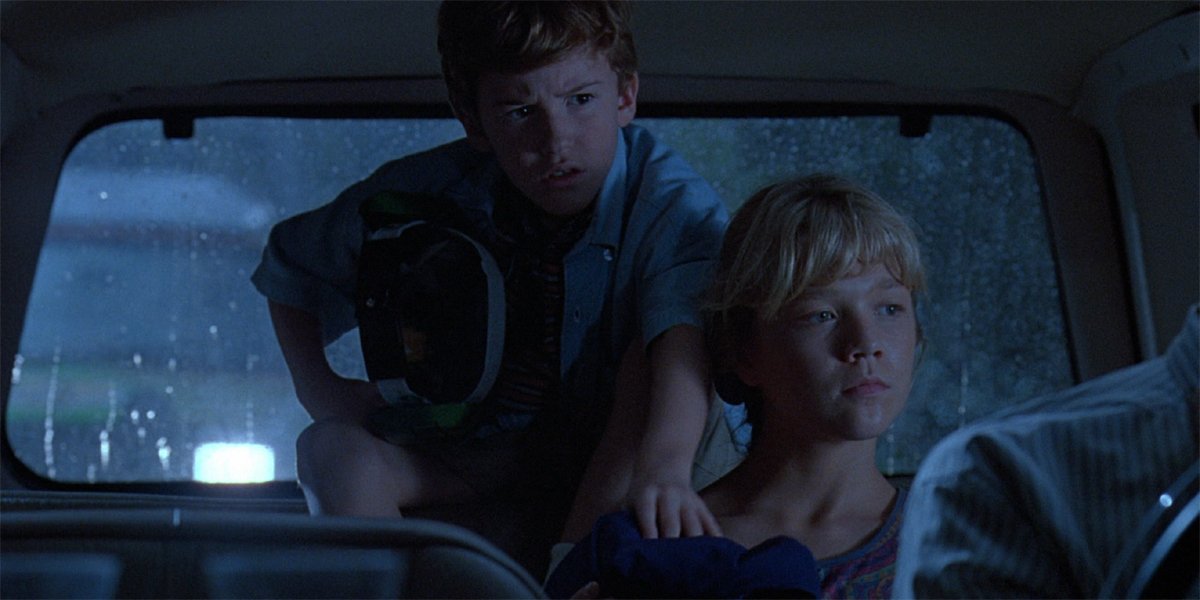
Tim And Lex Switched Ages Because Of An Audition For Hook
Fans of both Steven Spielberg’s movie and Michael Crichton’s book will note that one of the notable changes made in Jurassic Park that Tim is Lex’s older brother in the source material – and weirdly that wasn’t an alteration initially made to try and benefit the story or the character relationships. Instead, the change was motivated by a promise that Spielberg made to Joseph Mazzello when the young actor tried out for a part in 1991’s Hook. Mazzello didn’t book that gig, but the filmmaker told him, “Don’t worry Joey, I’m gonna get you in a movie this summer.” You can guess what that project turned out to be.
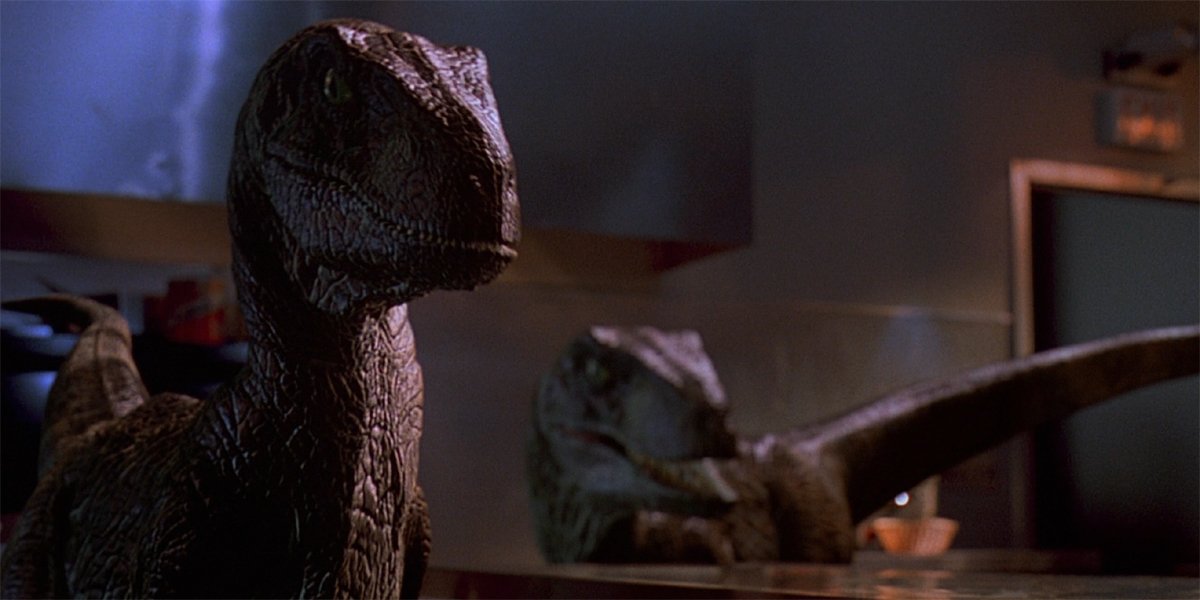
Jurassic Park Completed Production Nearly Two Weeks Ahead Of Schedule
With Jurassic Park being such a massive production and having so many constantly-moving parts, you’d think that it would be a film that ended up needing more time for production than the original schedule allowed – but instead it managed to wrap principal photography a full 12 days early. As much as things changed on set, what allowed this to happen was meticulous planning done by Steven Spielberg, who went as far as to create scaled models versions of scenes and used a lipstick camera to find all of the angles he wanted to shoot.
If you now find yourself hungry to re-watch Jurassic Park, you can do so not only by purchasing it on digital or Blu-ray/DVD, but also by streaming it on the newly launched Peacock.

Eric Eisenberg is the Assistant Managing Editor at CinemaBlend. After graduating Boston University and earning a bachelor’s degree in journalism, he took a part-time job as a staff writer for CinemaBlend, and after six months was offered the opportunity to move to Los Angeles and take on a newly created West Coast Editor position. Over a decade later, he's continuing to advance his interests and expertise. In addition to conducting filmmaker interviews and contributing to the news and feature content of the site, Eric also oversees the Movie Reviews section, writes the the weekend box office report (published Sundays), and is the site's resident Stephen King expert. He has two King-related columns.
